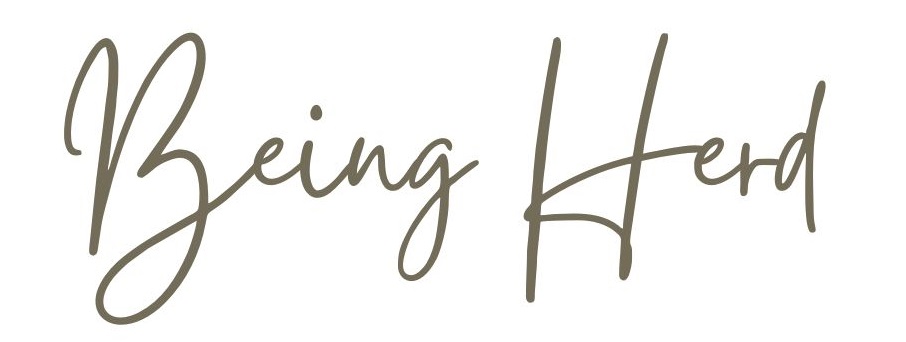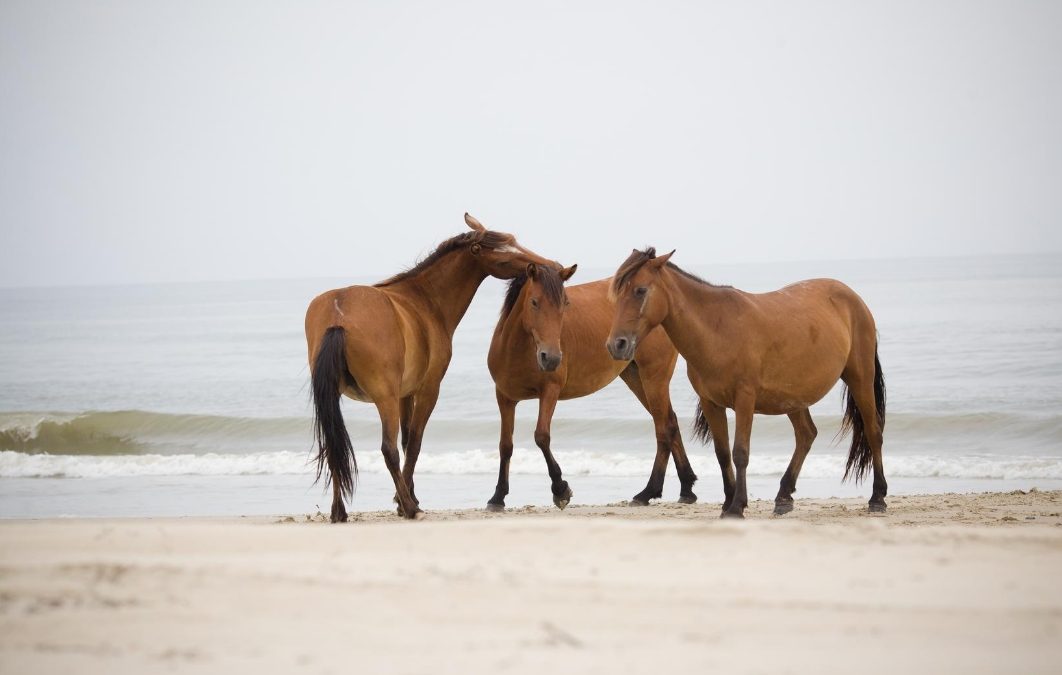The natural language of horses has developed over thousands of years. This language consists of subtle body signals, sounds, and other behaviors that have clear meanings within the herd, depending on the situation and the horse using them. These communication methods were likely refined through natural selection and operant conditioning (!) over generations.
Conditioning? Yes! Conditioning plays a larger role in our everyday lives than we often realize. It influences many of our habits, reactions, and behaviors, often without us being aware of it.
There are two main forms of conditioning: classical conditioning and operant conditioning.
- Classical conditioning occurs when a neutral stimulus (like the sound of a bell) is repeatedly paired with an unconditioned stimulus (like the sight of food) until the neutral stimulus alone triggers the same response (like salivation in a dog).
- Operant conditioning is based on the principle that behavior is influenced by its consequences. Positive reinforcement (rewards) or negative reinforcement (avoiding punishment) increase the likelihood that a behavior will be repeated. On the other hand, punishments reduce the likelihood of a behavior occurring.
Horses are operantly conditioned by other horses, and this is an essential part of their socialization. In a herd, horses learn through the reactions and behaviors of their peers which actions are acceptable and which are not.
So, natural horse language and conditioned behavior can be closely connected, but there are some differences that can help distinguish between them.
Natural Horse Language
Natural horse language is the form of communication that horses instinctively use to interact with each other. This language develops within the herd and is based on subtle signals that horses understand among themselves. These include:
- Body language: Ear positions, head posture, tail movements, and body position.
- Facial expressions: Changes in facial muscles, like lifting the upper lip (flehmen) or flaring the nostrils.
- Vocalizations: Such as neighing, snorting, or squealing, which have specific meanings.
- Space behavior: How horses use the space around them…
These behaviors are universal for all horses and are usually learned by foals through observation and interaction with the herd. They reflect basic needs, such as maintaining social order, finding food, or warding off threats.
Conditioned Behavior
Conditioned behavior, on the other hand, arises when a horse learns through training or repeated experiences to respond to certain stimuli or signals in a specific way. This behavior is often shaped by positive or negative reinforcement:
- Positive reinforcement: The horse displays a certain behavior because it receives a reward for it, such as a treat.
- Negative reinforcement: The horse learns to display a behavior to avoid something unpleasant, like pressure on the halter that is released once the horse complies.
- Punitive learning: The horse avoids a particular behavior because it experienced an unpleasant consequence for it.
Conditioned behavior is often more specific and context-dependent. For example, a horse might learn to respond to certain commands or signals from a person that wouldn’t exist in the wild or within the herd.
Recognizing Differences
To distinguish between natural horse language and conditioned behavior, you can look at the following points:
- Context: Does the behavior occur in a natural, relaxed environment or in response to specific training or a human command?
- Spontaneity: Natural behaviors are often more spontaneous and vary depending on the situation, while conditioned behavior is often more precise and consistent.
- Purpose: Natural horse language often serves communication within the herd and is based on instinctive needs, while conditioned behavior often aims at a specific response shaped by training.
The distinction can be subtle, and natural behaviors and conditioned responses often overlap. However, a deep understanding of the natural behaviors of horses can help better recognize these differences and build a relationship with the horse on a more natural basis.
Every form of communication, whether between horses, between humans, or between humans and horses, has elements of conditioning. This conditioning may have developed over long periods (evolutionary) or been shaped through targeted training methods (like operant conditioning). At the core, our communication methods are heavily influenced by the history and experiences we’ve had as individuals and as a species. It’s now up to us whether we want to communicate primarily through natural language and positive reinforcement or whether we’re willing to work mainly through negative consequences.
This is why I believe it’s so important to first understand and learn the natural language and behaviors of horses (something we can learn in its purest form only from wild horses) before we consciously and purposefully condition certain behaviors—so that we can first meet the horse in its world before gently and horse-friendly introducing it to ours through conditioning.
Are you ready to learn the language of horses? Then join us in the Being Herd Community! And please also let me know, what are your thoughts on the topic? I look forward to hearing about your experiences in the comments!


I just could not depart your web site prior to suggesting that I really loved the usual info an individual supply in your visitors Is gonna be back regularly to check up on new posts
Thank you so much! I am glad you enjoyed it!!
Muchas gracias. ?Como puedo iniciar sesion?
Thank you, please contact me directly, if you have problems signing in!